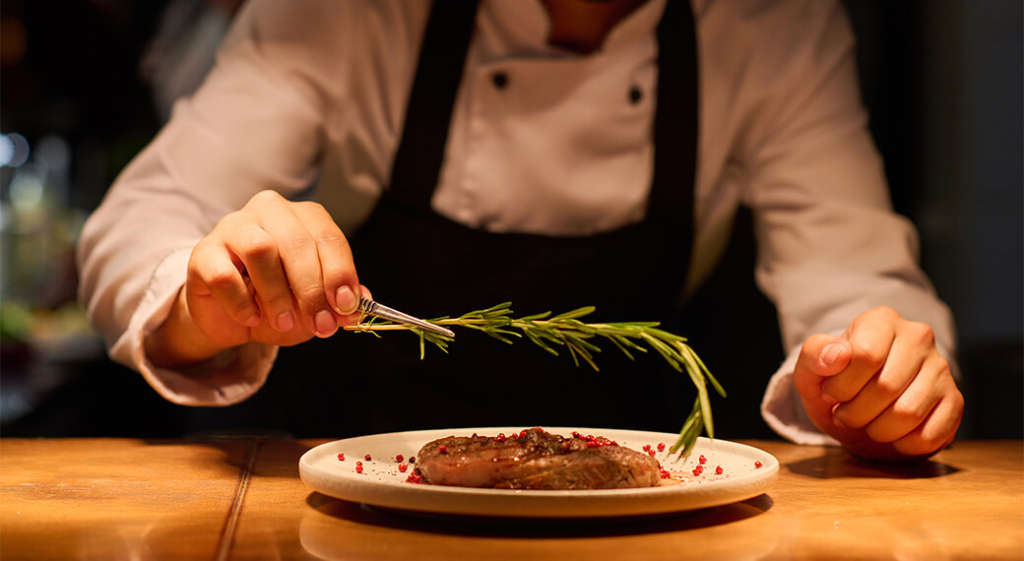In the competitive restaurant industry, creating a memorable and immersive experience for your patrons is key to building a loyal customer base. One method that builds brand loyalty in a way that appeals to our customers’ longing for sensory-rich experiences is through scent marketing.
What Is Scent Marketing?

Scent marketing, also known as olfactory marketing, strategically employs smell to influence consumer behavior and is used in businesses from clothing stores to hotels. Carefully curating and diffusing ambient scents that align with a restaurant’s brand and cuisine creates memorable and sensory-rich dining experiences. Because the memory of smell is so strong, scent marketing appeals to customers’ emotions and when successful, triggers positive associations.
There are a number of methods to deploy scents into your establishments including reed diffusers, candles, sprays, mists, soap, satchels, stones, or essential oil burners. However, the intensity of specific scents should be strategically applied to create the desired ambiance and complement the restaurant’s décor and menu. The goal is for the scent to be a seamless part of the experience, without drawing too much attention.
Why Is Scent Marketing So Powerful?
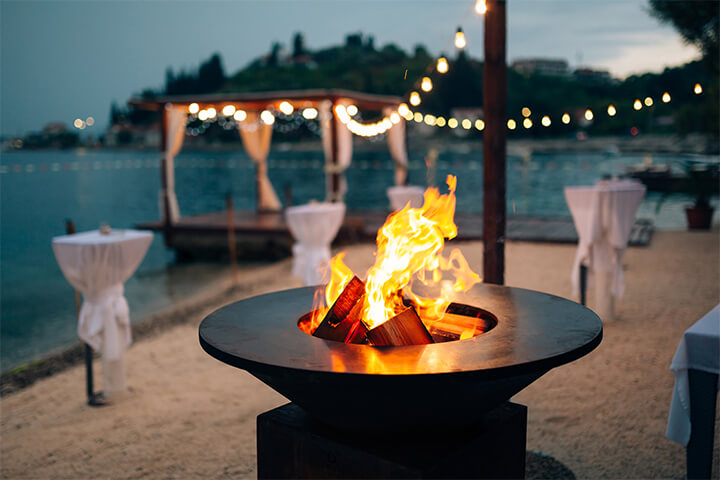
Smells evoke emotional responses because of their direct link to the amygdala, a part of the brain associated with emotional processing. According to the Proustian Memory Effect, certain smells even have the power to unlock deeply buried memories and associated emotions. By positively associating a scent with a brand, restaurateurs create memorable emotional connections with patrons, ultimately leading to increased brand loyalty and repeat diners.
Pairing Scents With Your Culinary Style & Ambiance
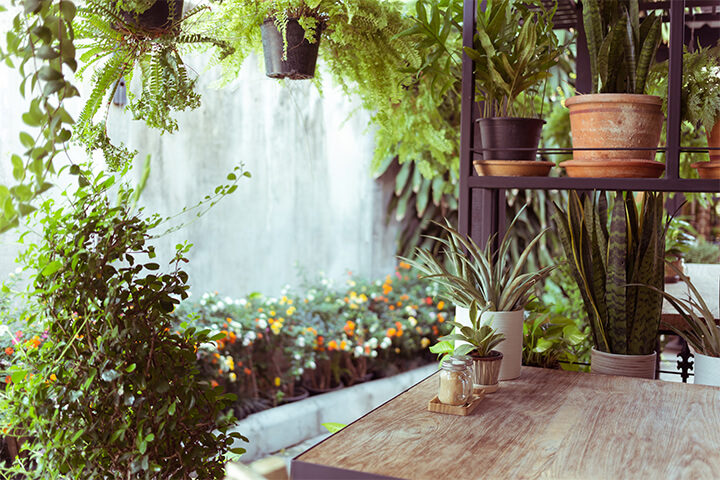
Matching complimentary scents to your type of cuisine can be tricky. Scent marketing isn’t an exact science (yet), since the experience is so subjective. Given that, we’ll introduce some broad categories of scents. Then, we’ll offer basic guidelines about which scents compliment which cuisines.
Scent Categories
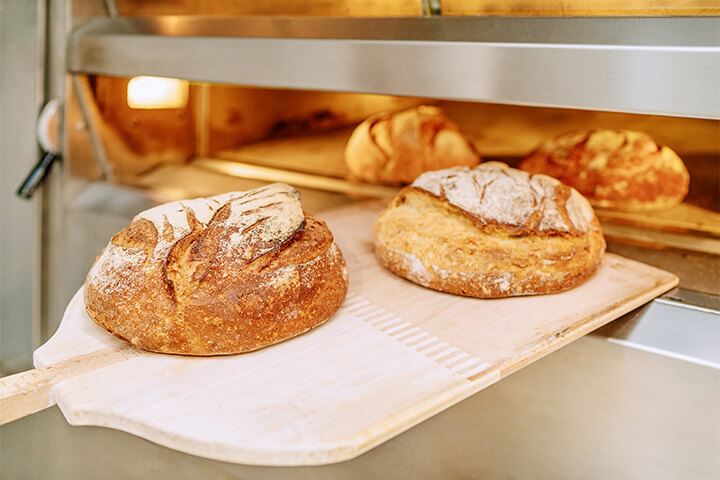
Natural Scents: Derived from plants, flowers, fruits, and herbs, natural scents offer a refreshing, authentic, and often calming effect.
- Floral Scents: Lavender, rose, jasmine, chamomile
- Citrus Scents: Lemon, orange, grapefruit, bergamot
- Woody Scents: Sandalwood, cedarwood, vetiver, patchouli
- Herbaceous Scents: Mint, rosemary, basil, thyme
Culinary Scents: Inspired by spices, seasonings, and all things edible, culinary scents evoke cravings and enhance the perception of the food.
- Spiced Scents: Cinnamon, nutmeg, ginger, clove
- Baked Scents: Freshly baked bread, cookies, pastries
- Roasted Scents: Coffee, cocoa, nuts, smoked sea salt
Ambient Scents: Designed to create a specific atmosphere or mood, ambient scents can range from subtle and elegant to invigorating and lively.
- Relaxing Scents: Lavender, vanilla, sandalwood
- Refreshing Scents: Cucumber, citrus, green tea
- Invigorating Scents: Mint, ginger, citrus
Seasonal Scents: Tailored to the changing seasons, scents we associate with a particular time of year add a touch of timeliness, nostalgia, and festivity to the dining experience.
- Winter Scents: Cinnamon, pine, nutmeg, ginger
- Spring Scents: Fresh flowers, citrus, green tea
- Summer Scents: Fruits, herbs, ocean breeze
- Autumn Scents: Apple, pumpkin spice, cinnamon maple
Pairing Scents with Your Cuisine

The following scent + cuisine suggestions are based on the most common ingredients and dishes of each type. Of course, (apart from chain restaurants) every establishment is different and there are different subcategories that fall under each example listed. However, these suggestions should put you on the right path and spark some ideas for your ideal scent marketing strategy.
| Cuisine | Scents |
| Italian | basil, oregano, lavender, rosemary, sage, bergamot, nutmeg |
| Indian | cardamom, cloves, cinnamon, ginger, turmeric, jasmine, rose, sandalwood, vetiver, ylang-ylang, mint |
| Mexican | cinnamon, chili pepper, lime, clove, cilantro, orange, cedarwood |
| Japanese | ginger, lemongrass, sea salt, matcha, eucalyptus, yuzu, cherry blossom |
| Thai | coconut milk, mango, lemongrass, ginger, kaffir lime, bergamot, cinnamon, jasmine, sandalwood, ylang-ylang |
| Ethiopian | berbere, cardamom, coffee, vetiver, fenugreek, lemongrass, eucalyptus, sage |
| Brazilian | passionfruit, mango, cedarwood, sandalwood, chocolate, ginger |
| American | apple pie spice, cinnamon, vanilla, coffee, fresh baked bread, cedarwood |
| French | lavender, rosemary, white lily, fresh herbs, fresh baked bread, rose, jasmine |
| Steakhouse | black pepper, cedarwood, sandalwood, vetiver, bay laurel, rosemary, thyme, sage, bergamot |
There are many fine scent options that feature a mix of scents to fit a theme. For example, fresh rain, clean linen, or motivational blends designed to make people feel more awake and alert. However, studies have shown that keeping it simple may be a better and more cost-effective strategy.
Scent Marketing Strategies: Choosing the Best Locations

As previously touched upon, scent marketing involves diffusing subtle, pleasant aromas throughout the restaurant to create an inviting and welcoming atmosphere. The specific locations where scent diffusers are placed can vary depending on the restaurant’s layout, concept, and desired effect. Here are some locations to consider:
Entrance
The first impression matters, and the scent at the entrance sets the tone for the entire dining experience. A successful welcoming scent greets guests by putting them at ease, encouraging them to linger and explore further.
Waiting Areas
For restaurants with separate waiting areas, make the time pass pleasantly for guests by choosing a relaxing scent.
Dining Area
Because guests spend the majority of their time in the main dining area, choose a subtle scent that complements the restaurant’s cuisine and ambiance.
Outdoor Areas
If the restaurant has outdoor seating, consider scents that complement the natural surroundings and connect guests to nature. Vary your scent depending on your outdoor features. For example, tailor your choice differently if your outdoor seating features a fresh herb garden vs. a smoky fire element.
Private Dining Rooms
Private dining is an intimate and exclusive experience. Therefore, tailor scents to enhance that feeling based on the occasion. For instance, a birthday party’s ambiance differs dramatically from a romantic dinner for two.
Hallways
Hallways don’t have to be bland; take advantage of this space and create some fun. A long hallway is an excellent location to continue curating a cohesive sensory journey.
Restrooms
Restrooms play a significant role in shaping a customer’s perception of the restaurant. Choose a fresh and clean scent to further a lasting positive impression.
Thinking Outside of the Box
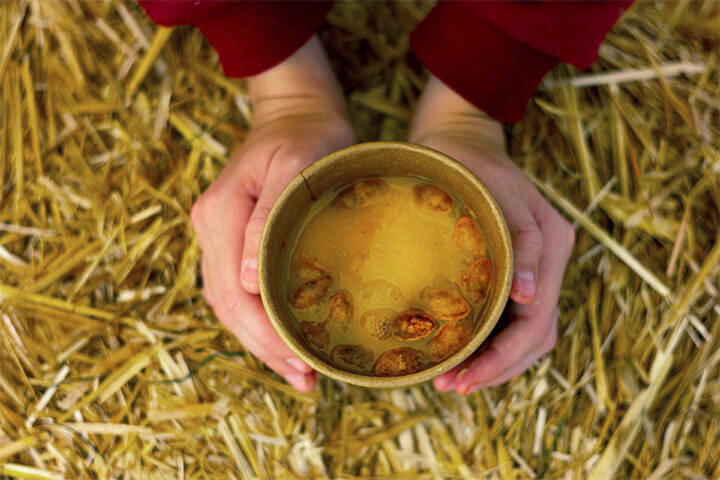
Some fine-dining restaurants have taken scents to a whole new level, creating a captivating sensory journey in some beautifully unusual ways. These techniques are course-specific, and use objects to add depth of experience. They also encourage other restaurants to throw away the rule books.
Examples of unusual and wonderful objects that fine-dining restaurants have paired their courses with to further enhance the multisensory experience include the following: a piece of pine bark, inviting guests to inhale its crisp, earthy aroma; a small jar of Amazonian soil, so that guests can experience where that course was grown; smoke bubbles that release the scent of chocolate; a side or pile of hay, to invoke the scent of the countryside; scented candles, rocks, and napkins. When it comes to the restaurant industry, there is no limit to creativity.
The Power of Scent in Restaurant Branding
By strategically integrating carefully selected fragrances into the dining environment, restaurants can create memorable and immersive moments that linger long after the last bite. Scent marketing goes beyond the plate, tapping into the emotional connections tied to our sense of smell and enhancing the overall dining journey. Do you employ scent marketing in your establishment? Let us know in the comment section!

